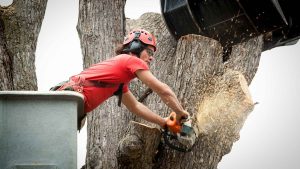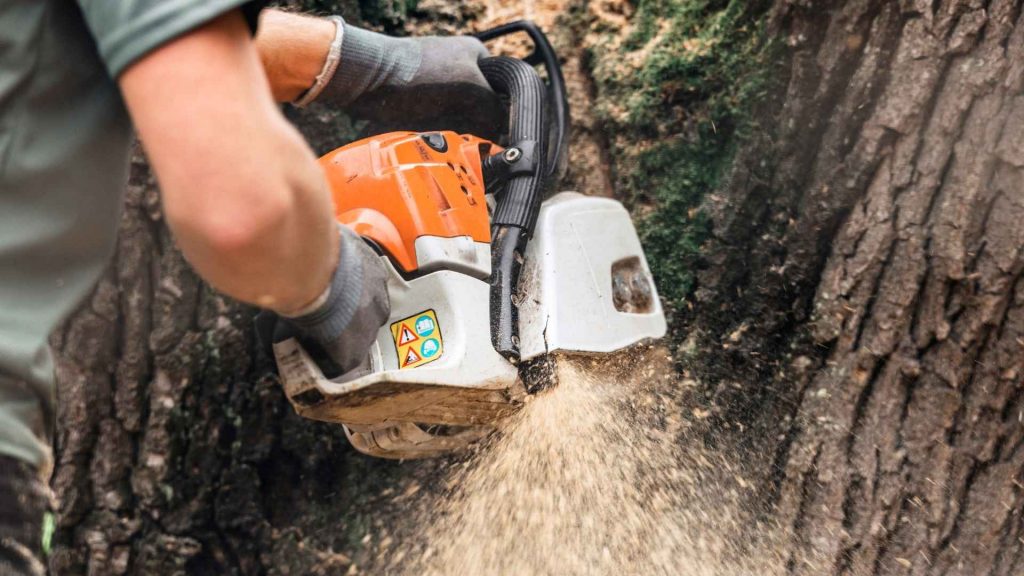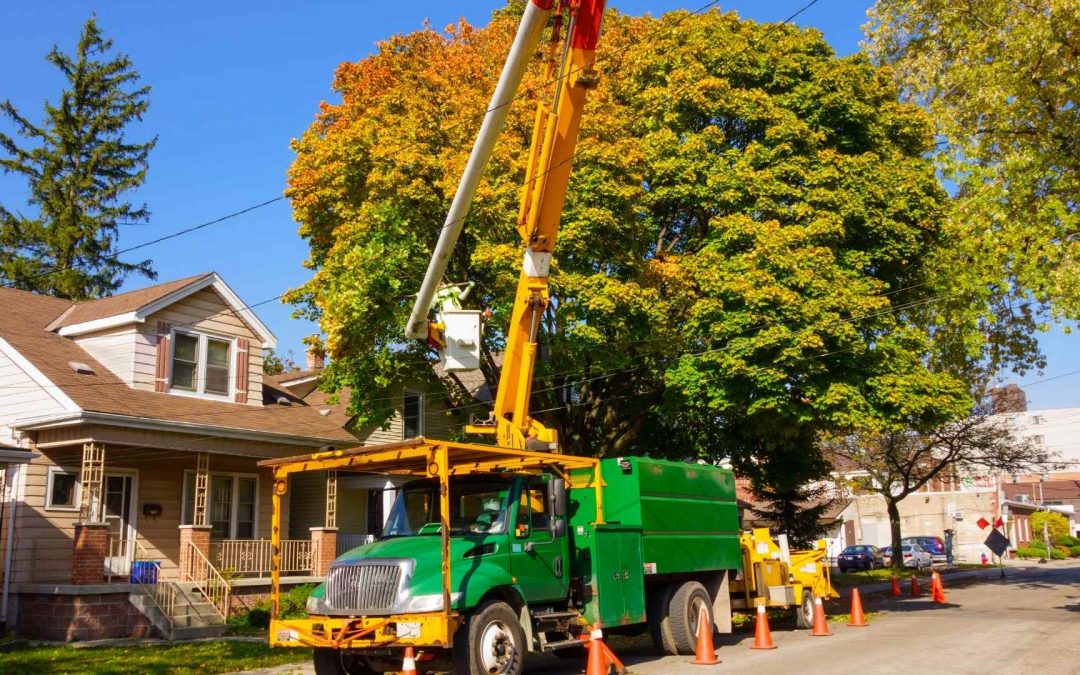How to transplant a tree: What you should know
Transplanting a tree may seem like a daunting task, but with the proper preparation, it can be a relatively straightforward process. So read on for tips and advice on transplanting a tree like a pro! In this article, we will provide you with everything you need to know to transplant a tree successfully. Or simply call tree loppers in the sunshine coast for help with this.
Can you relocate established trees?
Many assume that once a tree is planted, it is there for good. However, there are actually several reasons why you might want to relocate an established tree. Maybe your tree is Crowding other plants in the garden, or Perhaps it is causing damage to your foundation. Whatever the reason, relocating an established tree is not as difficult as it might seem. With the help of a professional arborist, you can safely transplant your tree to a new location. The key is to choose the right time of year for transplanting. In general, it is best to transplant trees during the dormant season when they are not actively growing. This will give the roots time to adjust to their new surroundings and help minimize tree stress. With proper care, you can successfully relocate an established tree and keep it healthy for years.

How big of a tree can be moved and replanted?
When it comes to transplanting trees, there are a few things to consider regarding size. First, the larger the tree, the more difficult it will be to transplant. In addition, the larger the tree, the more extensive the root system will be. Therefore, if you are transplanting a large tree, you will need extra care to ensure that the roots are not damaged during the process. If you are unsure whether or not your tree is too large to transplant, it is best to consult a professional arborist. They will be able to assess the situation and give you expert advice on how to proceed.
How much does it cost to transplant a tree in QLD?
The cost of transplanting a tree in Queensland will vary depending on the size, age, and type of tree being moved. Large trees can cost upwards of $1,000 to transplant, while smaller trees may only cost a few hundred dollars. The tree’s age is also a factor, as older trees may be more difficult to move successfully. Finally, certain trees, such as palm trees, are notoriously tricky to transplant and may require specialized equipment and experience. As a result, it is always best to consult with a professional arborist before attempting to transplant a tree.

Do transplanted trees survive?
Any gardener knows that transplanting a tree is a risky proposition. Trees are finicky creatures, and even the slightest change in the environment can be stressful. When a tree is transplanted, it is essentially being ripped out of its natural habitat and replanted in unfamiliar territory. The process is often traumatic, and many trees do not survive the transition. However, a transplanted tree can thrive in its new home with proper care and attention. The key is to minimize stress during the transplanting process and to give the tree time to adjust to its new surroundings. With a little luck, a transplanted tree can take root and flourish for years to come.
How much does it cost to relocate a small tree in QLD?
The cost of relocating a small tree in Queensland will vary depending on several factors, including the size and type of tree, the distance it needs to be moved, and the equipment required to complete the job. In general, however, you can expect to pay anywhere from $200 to $500 for tree relocation services. The price may be even higher if you have a particularly large or difficult-to-move tree. However, regardless of the cost, relocating a small tree can be a great way to improve your property’s curb appeal and create a more inviting outdoor space.
How big of a tree can I transplant by hand?
When it comes to transplanting trees, there is no one-size-fits-all answer. The size of the tree that can be transplanted by hand will depend on many factors, including the tree type, the tree’s age, and the tree’s health. Generally speaking; however, most people will be able to transplant trees that are up to about 2-3 feet tall. If the tree is any taller than this, it will be much more challenging to move without professional help. In addition, it is vital to ensure that the roots are not too crowded or damaged before attempting to transplant a tree. Otherwise, the tree may not survive the move. With a little careful planning, however, it is possible to transplant trees by hand easily.
How do you prepare a tree for a transplant?
Before transplanting a tree, it is important to check its health and ensure that it is strong enough to withstand the move. If the tree is sick or damaged, it may not survive the transplanting process.
Cut back the branches
If the tree is too large to transplant by hand, you will need to cut back the branches to make it more manageable. This can be done with a saw or pruning shears.
Dig up the tree
Once the tree is the right size, you must dig up the roots and carefully remove the tree from the ground. This process can be complex, so it is essential to take your time and be careful not to damage the roots.
Move the tree to its new location
Once the tree is out of the ground, you can transport it to its new location. It is crucial to make sure that the roots are not allowed to dry out during this process.
Plant the tree in its new location
Carefully plant the tree in its new location, covering the roots with soil. Water the tree well and give it time to adjust to its new home. With a little care, your transplanted tree should take root and flourish in no time.
>h2>How do you transplant a tree without killing it?
One of the most important things to consider when transplanting a tree is the size of the root ball. If the root ball is too small, the tree will not have enough roots to support its growth and will likely die. On the other hand, if the root ball is too large, it will be difficult for the tree to take up water and nutrients and could also lead to death. In general, you should aim for a root ball about one-third the size of the tree’s trunk.
When transplanting a tree, it is also important to dig a deep and wide hole to accommodate the root ball. If the gap is too shallow, the roots will not be able to spread out properly and the tree could topple over. If the hole is too narrow, the roots will become tightly compacted and unable to take up vital water and nutrients. Once you have dug an appropriate hole, you can carefully lower the tree and backfill with loosened soil.
With proper care, most trees will survive transplanting and go on to thrive in their new location. However, it is vital to remember that transplanted trees are under great stress and will need extra attention during the first few months in their new home. Be sure to water the tree regularly and protect it from extreme weather conditions until it can adjust to its new surroundings. With a little TLC, your transplanted tree will soon be thriving in its new home.
Need help with transplanting a tree?
Spring is the ideal time to transplant trees, when they are dormant and the weather is cool. Though it may seem daunting, with a little advance planning and some basic knowledge, you can successfully transplant a tree in your yard. First, choose a tree that is the appropriate size for the location where you want to transplant it. Make sure to dig a hole twice as wide as the tree’s root ball and just as deep. When you’re ready to transplant, water the tree thoroughly and then carefully remove it from its current location. Be sure to handle the roots gently, as they are very fragile. Place the tree in the hole you’ve prepared and then backfill with soil, tamping down lightly. Water the tree well after planting, and continue to give it extra water during dry periods for the first year or two. Your transplanted tree will soon thrive in its new home with proper care.
Conclusion
Transplanting a tree can be an expensive and time-consuming process, but it is well worth the effort in the end. By following these simple steps, you can transplant a tree without causing too much damage to the roots. If you’re not comfortable doing it yourself, you can always hire a professional to do the job for you. With a little bit of care, your transplanted tree will soon be thriving in its new home. Thanks for reading!
We hope this article has given you some helpful tips about how to transport a tree. If not, give us a call today and we will be happy to answer any questions you have.
Best of luck!

